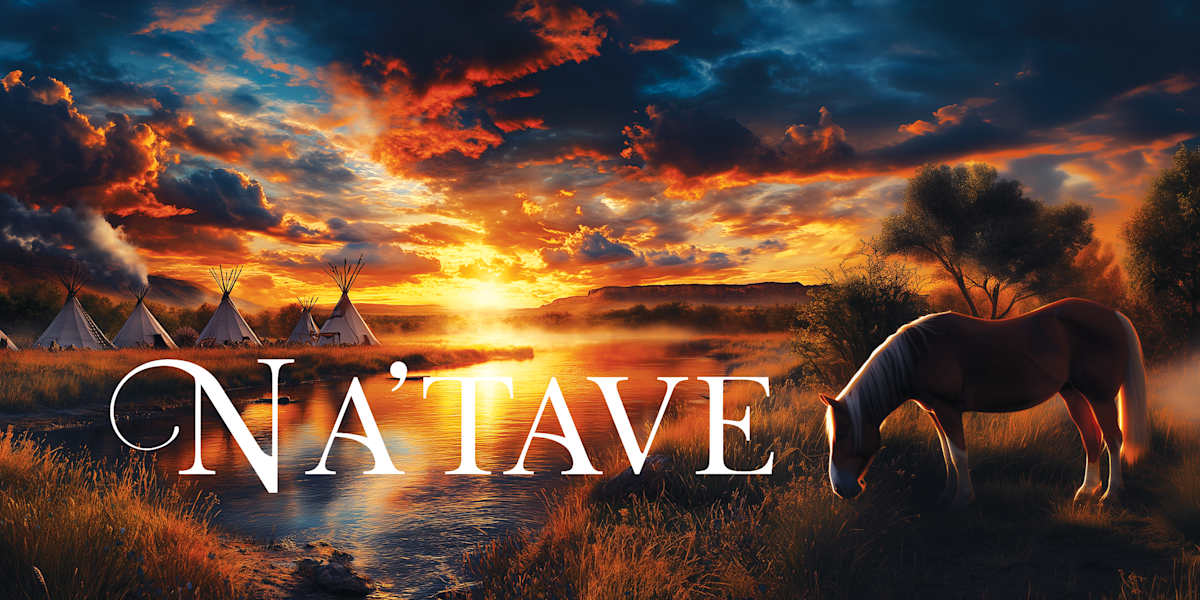It started with a problem.
When I first wrote A Bride for A Halfbreed, my hero was based off of a real Native American tribe. But as time passed, so did the rules. Using real tribes in fiction now required a level of research, permission, and cultural care that wasn’t part of the conversation a decade ago.
So I faced a choice—abandon the Native element of the story… or create an entirely new tribe from scratch.
That’s how the Na’tave were born. Fierce. Free. And entirely from my imagination.
The Shift from Real to Imagined
Ten years ago, when I wrote the first draft of A Bride for A Halfbreed, things were different. There weren’t many established rules about using real Native American tribes in fiction. Back then, Lance was originally Comanche.
But a lot has changed since then—some changes for the better, others… not so much. Many tribes today are understandably more protective of their heritage and of how authors and media portray them. That’s not a bad thing. It simply means writers must approach those stories with greater respect and care.
So, when I returned to this manuscript years later, I realized I had two choices:
- Do extensive research on the Comanche people and seek permission to use them (which, in today’s litigious world, is no small feat).
- Create a tribe of my own, born entirely from imagination.
I chose the second option—and it became one of the most challenging and rewarding creative tasks I’ve ever taken on.
Breathing Life into the Na’tave
The name “Na’tave” was a playful twist on the word “native.” Any resemblance to real tribes is purely the result of imagination. Their customs, beliefs, and even their language are my own creation.
Living in Oklahoma, I knew I wanted them to be Plains Indians. I pictured them galloping across the prairie on painted mustangs—untamed, fierce, and free. The kind of people whose presence alone made the white man hesitate to tread in their path.
What emerged was a tribe both feared and respected—warriors who fought fiercely to protect their way of life, yet, in the end, found the courage to let God in.
Characters Who Stole My Heart
Leotie quickly became one of my favorite characters I’ve ever written. The fierce Ishani—the heart of the tribe—was the heartbeat of the story. Her faith, strength, and resilience still inspire me today.
Lance, too, was an extraordinary hero to write. His journey of navigating prejudice from both sides was heartbreaking, especially knowing many have endured the same pain—and some still do. Yet, he never grew bitter. Instead, he leaned on God, refusing to let injustice define him. His patience and compassion made him the kind of man who could offer a broken woman both a safe place to land and the strong arms to protect her.
Why I’ll Return to the Na’tave
In the end, I’m so glad I chose to create the Na’tave. They became more than a fictional tribe—they became a living, breathing part of my story world. And something tells me this won’t be the last time I visit them. They’re simply too fantastic to leave behind.
From a challenge came a tribe that feels as real to me as any living community.
They ride the wind across my imagination, their faith and courage echoing long after the last page. And as long as I’m telling stories, the Na’tave will always have a place to call home.
If you could dream up a fictional culture or tribe, what traditions or values would be at its heart?
